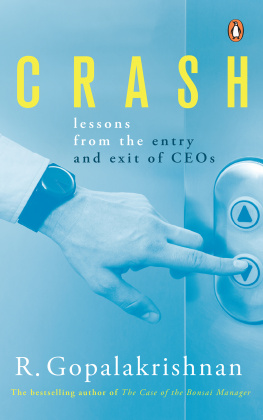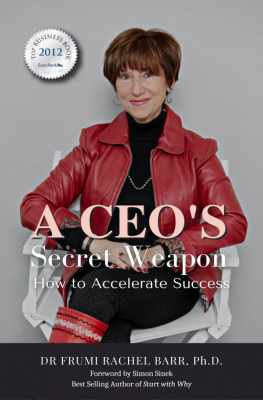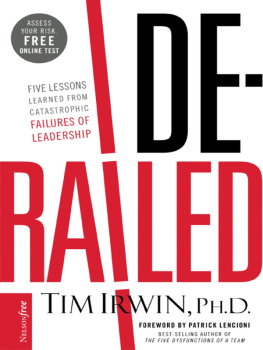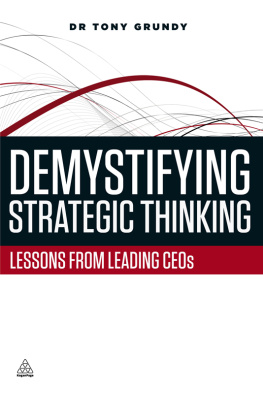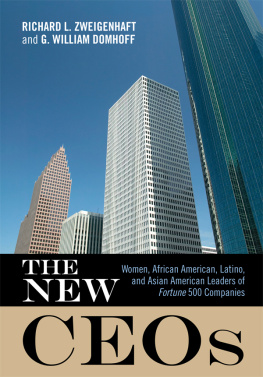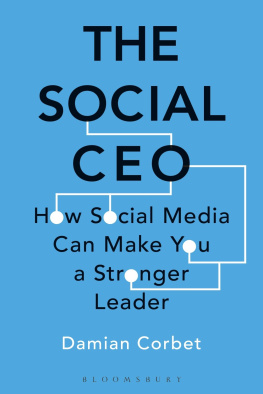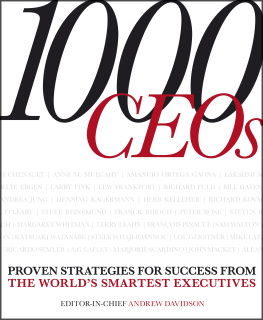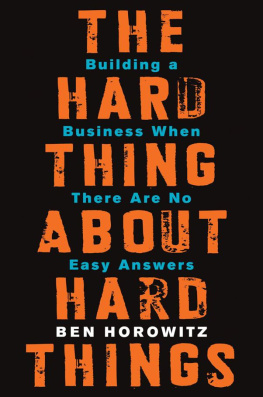1
Financial Performance Is Only One
Test of Leadership
T he hard truth for business leaders (and perhaps other kinds of leaders too) is that performance cannot be judged only through one part which is tangible and measurable. There is, in addition, a second part, a soft part which includes culture fit and leadership style. The soft stuff is ambiguous and nebulous, and is prone to changing judgements at any stage during the process of evaluation.
This chapter contains two real-life stories. It recounts the unrelated stories of two independent toy companies on two different continents. Both were of about the same age. One was born soon after World War II and the other was born before the war. Both were hugely successful until the 1980s. Both were run by entrepreneurial founders. In course of time, both achieved global recognition. However, after the 1980s ended, their fortunes diverged.
As consumers and markets evolved, Toys R Us stuck to retailing toys within the limited latitude offered by such a sharp focus. With the passage of time, Toys R Us struggled and could not sustain its business model. After a period of time, the founder, Charles Lazarus, stepped aside, giving up his leadership position in the company. He eventually sold out to private equity (PE) players. The PE folks tried revival strategies for about seven to eight years, before the company filed for liquidation in early 2018. No CEO was unceremoniously fired in this process, so far, as can be seen from public reports.
The second company, Lego, seemed to do the opposite of Toys R Us. The company had traditionally been strong on innovation and new products; to respond to changing market conditions, the management stepped on the innovation pedal. There seemed to be an overdrive of innovation and soon, the company was stretched well beyond its managerial and financial bandwidth. The company ran into life-threatening trouble by 2003. A celebrated and professional operating chief, Poul Plougmann, had to exit. A new management team helped to restore Lego back to health after 2003.
For both companies, the levelling off sales revenue, escalation in costs and decline in profits were rational measures of company performance. Is company performance a surrogate for leadership and CEO performance? If a company falters, is it purely related to CEO performance? Conversely, if a company does well, is it a definite credit to the leader? The answer is an obvious no. From a strategy perspective, both companies followed different strategiesone can wonder which company got it right.
Therefore, there are two stories in one: one floundered because it did not innovate and the other floundered because it innovated too much. A sense of how these factors manifest is exemplified by the tales of the toy companiesToys R Us was managed by a founding family member for most of the time. Eventually it was sold to PE players, before finally going into Chapter 11 liquidation. Lego, on the other hand, was initially managed by a family member, and later by a professional manager. The company always stayed under the active supervision of a founding family member. In the context of this book, why were the consequences for the leader of the management team different in the two cases?
Toys R Us
The Washington Post reported in early 2018 about the failure of toys retailer Toys R Us. Charles, who had served in World War II as a cryptologist returned from the war in 1948. He founded and opened a baby furniture store below his fathers bike shop. As he would confess many years later, he had no idea about the upcoming baby boom or the surge in demand for toys. Within thirty years, by the 1980s, Toys R Us had built a big business, so big that founder Charles told the Washington Post, We are a supermarket for toys; we dont have a competitor in variety. There is none. As sure as night follows the day, competitors came alongTarget, Costco, Walmart, Amazonand Charles lost his grip on the business by the early 1990s.
In 1994, Charles retired from the company he had created, nurtured and loved. Two not-so-effective professionals followed before the board brought in a professional retail specialist, John Eyler, as the CEO. There was some respite. However, the company was sold in early 2000s to PE investors. Toys R Us floundered progressively and analysts viewed it as a company that had not experimented and innovated enough, a company that had not adapted to a changing market. The PE folks tried their hand at the business with their set of ideas, but, early this year, in 2018, Toys R Us went into liquidationwith a $5 billion debt.
Toys R Us is the story of the toy company that failed after sixty years of successreportedly because it failed to experiment and change with the market.
Lego
Here is the story of toymaker Lego that went through enormous success, abysmal failure and spirited revival around the same period as Toys R Us.
In 1993, Lego was being run by Kjeld Kristiansen, the grandson of the founder. Like his father, Kjeld grew up in the ethos of Lego, and knew whatever there was to know about the business and its industry. Kjeld adapted to changing markets by embracing the seven truths of innovation, a list of unexceptionable buzzwords about how to push the frontiers of innovation in order to grow a business. The seven truths can still be quoted with aplomb by strategists and consultants to any company, not just Lego, and are indeed quoted at reasonable frequency:
- Hire diverse and creative people
- Head for the blue-ocean markets
- Be customer-driven
- Practise disruptive innovation
- Foster open innovation
- Explore every frontier of available innovation
- Build an innovation culture
These are described in great detail in a book written by Bill Breen and David Robertson, Brick by Brick, published by Random House in 2013. Who can argue against these seven truths?
Yet they did not work for Lego, you know why? The commentators said that the strategy was right, but the execution was wrong. The trouble with stories is that they are contextual, and one mans meat becomes another mans poison. What happened?
By 1998, under the presidency of the founding family member, Kjeld, the companys consistently booming growth rate started to level off. Kjeld admitted that perhaps the company now needed a stronger and more professional business leadership. He agreed to step aside from the day to day operations of the company. Poul Plougmann, who had acquired a reputation as a turnaround leader at Bang & Olufsen, was tapped to join Lego and take charge of the company operations.

